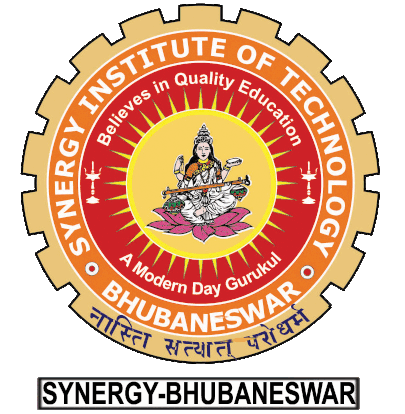
ETC Engineering
DEPARTMENT OF ELCTRONICS & COMMUNICATION ENGG.
The department of Electronics and Communication Engineering (ECE) is the prime focus at SIT. The teachers in the Department are highly experienced and qualified. The department has sophisticated equipment and tools in its Basic electronics laboratory. The student equipment ratio in the lab is 2:1.
Important equipment and experimental set up for Basic Electronics lab are Universal Trainer board, Function Generators and CROs.
Besides this, the project laboratory enables the students to venture the electronic hobby skills in designing and fabricating gadgets like robots and various prototypes.

Objectives
- To make the students fully conversant with the scope of the Engineering course in subject of Electronics & Communication.
- To enhance their ability in the skilful use of the tools employed in the area of their study.
- To train them prepare and submit good project reports and research papers.
- To impart domain knowledge required by the industries so that students are readily deployable.
- Will prepare graduates with the technical and managerial skills necessary to enter careers in the design, application, installation, management, operation, and/or maintenance of telecommunication systems.
- Typically have strengths in the building, testing, operation.
- Telecommunications systems, whereas baccalaureate degree graduates are well prepared for development and implementation of telecommunications systems.
Knowledge and hands-on competence appropriate to the goals of the programme in:
The application of electric circuits, computer programming, associated software, analog and digital electronics, voice and data communications, and the principles of telecommunications systems in the solution of telecommunications problems.
The applications of physics to telecommunications systems in a rigorous mathematical
Must demonstrate
The ability to analyze, designs, and implement telecommunications systems.
The ability to analyze and implement switching technologies, wide area networking technologies, and policy.
The ability to manage, design, and plan wide area networks.
The ability to utilize statistics/probability, transforms methods, or applied differential equations in support of telecommunication systems and wide area networks.
Prospects
This new wave technology has linked distance and time. Innovations are rapid and continuous. They widen the scope and create many and new applications just as obsolescence.


